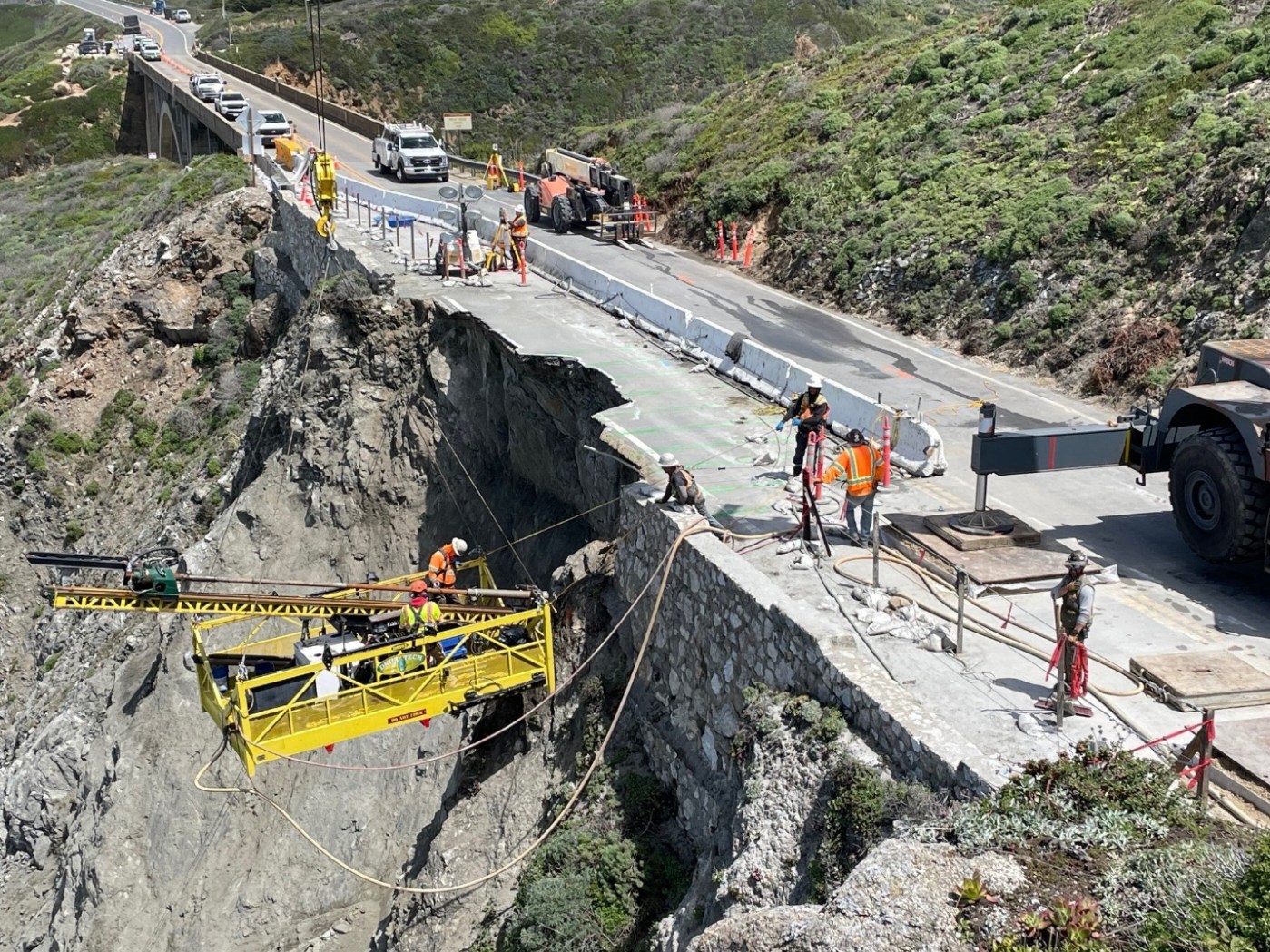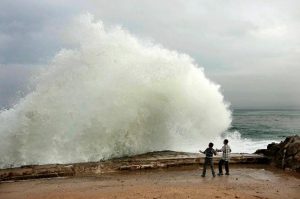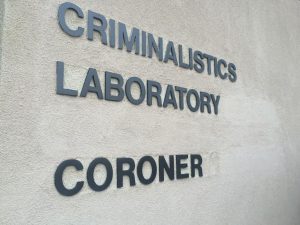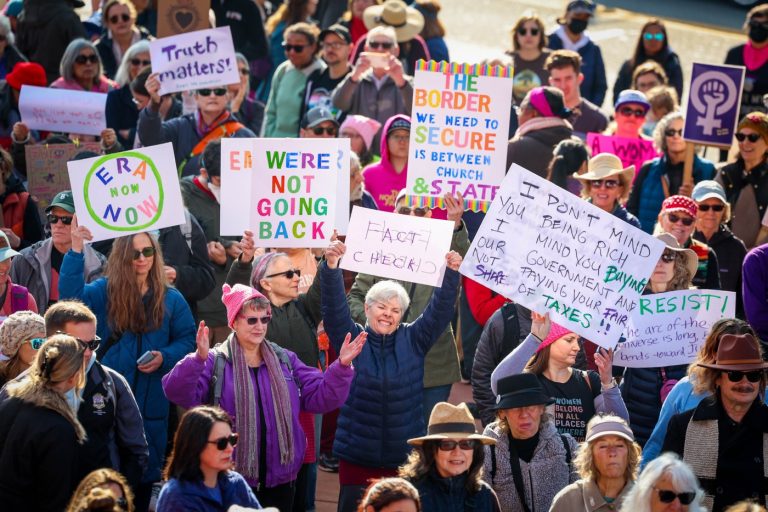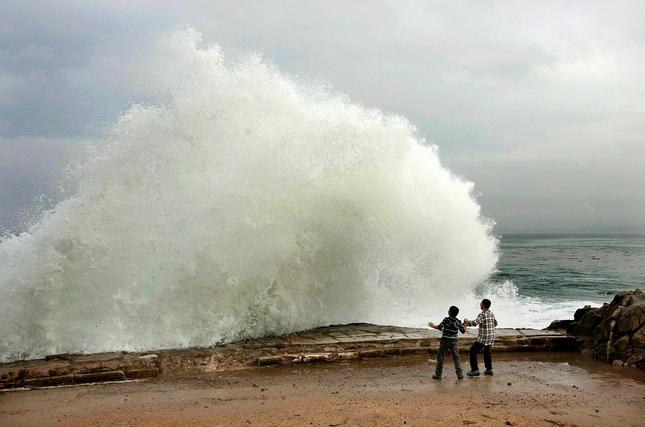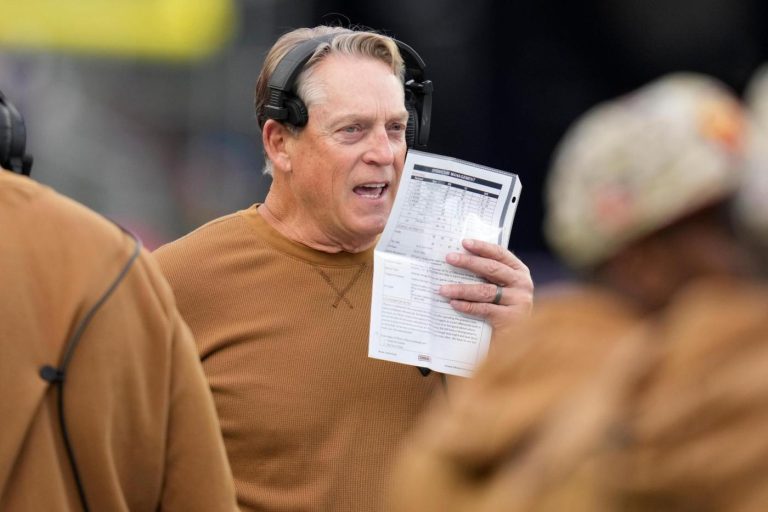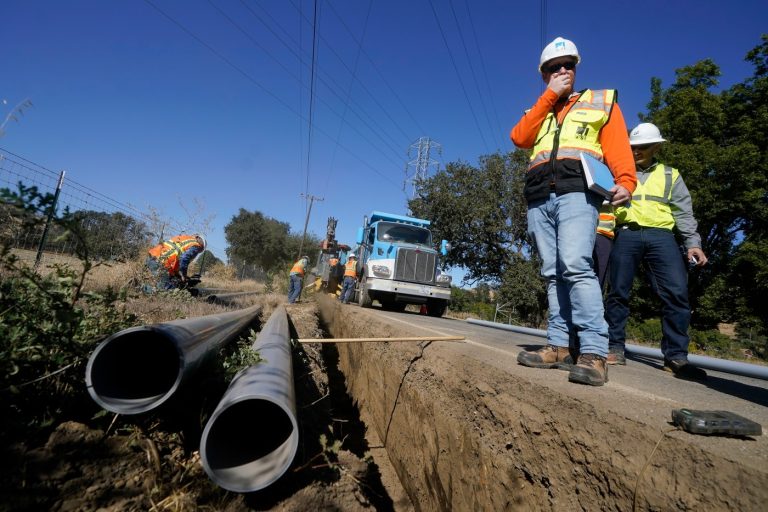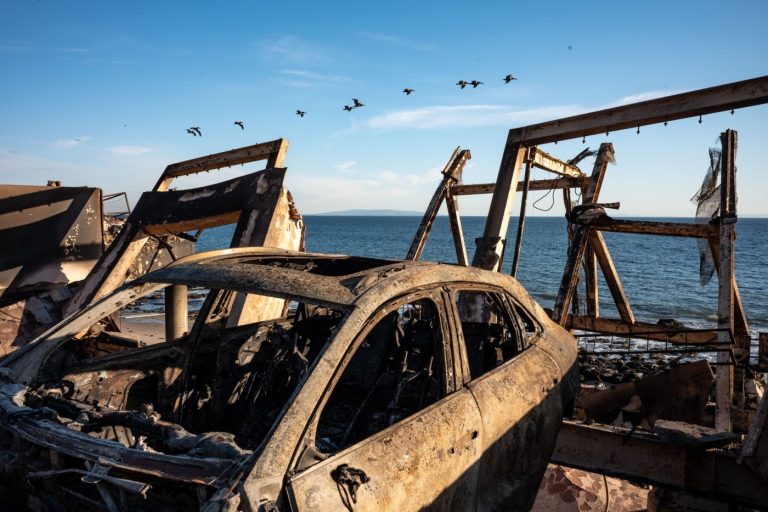BIG SUR – Caltrans reports that it has crews working two 12-hour shifts to complete the first phase of stabilization of Highway 1 at the Rocky Creek slip-out, with the goal of having one-way signalized unrestricted traffic access to Big Sur by the end of May.
An important development for Caltrans this week has been its ability to get a light tower on an adjacent outcropping to the slip-out of the roadway that occurred March 30, which took out a good portion of the southbound section of Highway 1 just past Rocky Creek Bridge near Big Sur.
“Tonight will be our first overnight shift where we’re able to work, as it were, around the clock to try and really put our best effort, every possible effort toward advancing the day when we can open this road up to signalized traffic,” said Kevin Drabinski, Caltrans spokesman, at the Monterey County Wednesday briefing.
At the end of last week, Caltrans announced it expects to complete the first phase of stabilization efforts by Monday, May 27.
“So that’s an important milestone because it will let us get away from having to run convoys and establish open 24/7 access through the slip-out area,” said Drabinski.
Caltrans has been running twice-daily convoys, for locals and essential workers only, from the Big Sur area.
This week, Caltrans crews were able to complete the installation of vertical rock dowels along the western edge of the roadway at the slip-out, which will be followed by efforts to install horizontal rock dowels. The vertical and horizontal dowels, along with rock bolts and shotcrete sprayed over the webbing, help to spread the load out and stabilizes the edge of the roadway.
“It’s rare enough for us to do work during overnight hours … all the more amazing is that this work involves a massive crane that strides across the northbound lane and then is able to reach out and drop a basket of workers and machinery to do those repairs,” said Drabinski.
Zeke DeLlamas, Caltrans emergency manager, said that Caltrans work during the night is not typically seen especially when dealing with slides above the roadway.
“That always been our policy,” he said. “It’s very dangerous to try to do slide remediation, but in this situation utilizing the crane and the horizontal drill, they’ve been able to light that area well and our subcontractor is comfortable with running two 12-hour shifts.”
DeLlamas said that Caltrans and its partners are running around the clock continuously to try to expedite this repair to the greatest extent possible.
Related Articles
Highway 1 road fix could save Big Sur summer travel season
Progress made on three Big Sur Highway 1 landslides
Once Highway 1 stabilized at Rocky Creek, traffic can return to Big Sur
Big Sur Marathon: Changes to the course approved, race set for April 28
After 60 car crash deaths on Pacific Coast Highway, state legislators say enough is enough
Tuesday saw the installation of the temporary signal system which will be a powered one-way reversing signal light, with a backup system.
“The signal system will be activated as soon as the temporary repairs are completed,” said DeLlamas.
In pursuit of the permanent restoration of the roadway, DeLlamas said that in the coming weeks there will be a subsurface investigation, a key component of designing a structural solution, to determine what size support will ultimately be used.
He said that “all signs are pointing to a viaduct” – a bridge usually supported by arches that carries a road over an open space – which is the most viable solution and will likely be a three-span structure, but the final decision will part of the second phase of the Highway 1 repair work at the Rocky Creek slip-out.
